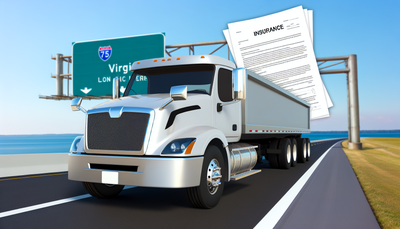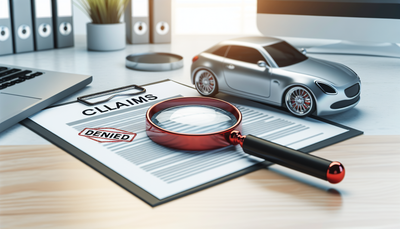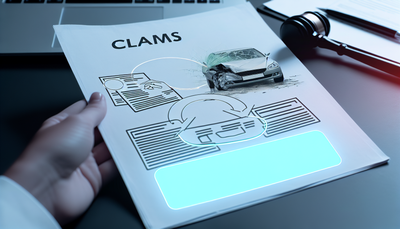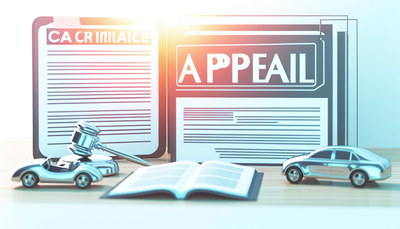Totaled Car? Here’s What to Expect from Your Insurance Claim
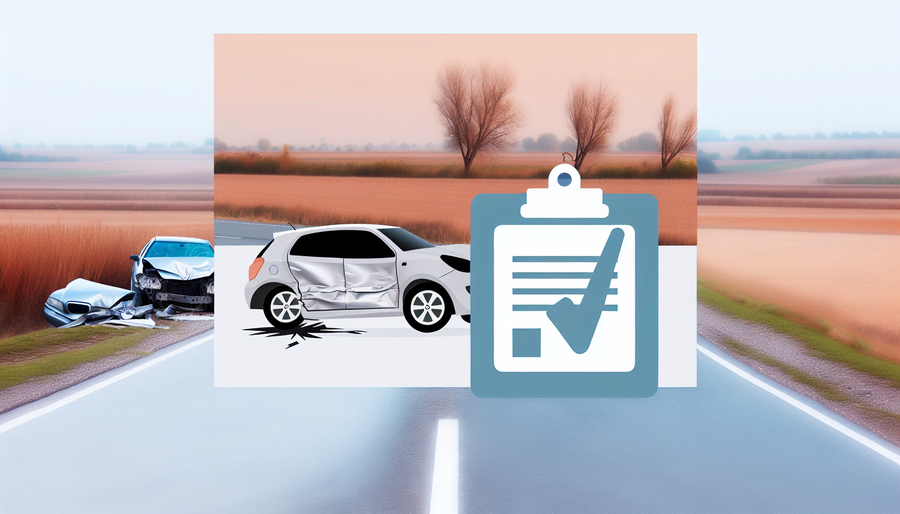
Totaled Car? Here's What to Expect from Your Insurance Claim
Getting into a car accident is stressful enough—but learning your vehicle has been declared a total loss can bring on a whole new set of worries. Whether it’s your first time dealing with a totaled car or you just need a refresher, understanding what to expect from the insurance claim process can ease some of the uncertainty.
In this post, we’ll walk you through what it means when your car is totaled, how your insurance payout is determined, and the claim steps you can expect from start to finish.
🚗 What Does It Mean When Your Car Is Totaled?
A car is considered "totaled" when the cost to repair it exceeds the value of the vehicle itself. Insurance companies typically use a formula called the Total Loss Threshold (TLT), which varies by state and insurer. Some states set a percentage—say, 75%—while others let insurers use their own guidelines.
So, if your car's pre-accident value was $10,000 and repairs would cost $8,000, there's a good chance your insurer will declare it a total loss.
📋 The Steps in a Total Loss Insurance Claim
Knowing the key steps involved in a totaled car claim can help you navigate the process confidently:
1. Report the Accident to Your Insurer
Start by notifying your insurance company about the accident as soon as possible. Provide all necessary information, including details of the incident, photos if available, and a police report if one was filed.
2. Vehicle Inspection and Valuation
Your insurance company will arrange for an adjuster to inspect your vehicle to assess the damage. They’ll estimate the cost of repairs and compare it to your car’s actual cash value (ACV) before the accident.
3. Total Loss Determination
If the repair cost meets or exceeds the threshold, your vehicle will officially be deemed a total loss. The insurer will then initiate the process for a total loss settlement.
4. Insurance Payout Calculation
The insurance payout is usually based on your car’s ACV minus your deductible. This value is determined by factors such as mileage, condition, location, and similar vehicle prices in your area. If you have gap coverage and still owe money on an auto loan, it can help cover the difference between the payout and your outstanding balance.
5. Settlement and Transfer of Ownership
Once the payout is agreed upon, you’ll typically sign over your title to the insurance company. In return, you’ll receive the settlement amount either via check or direct deposit. Some insurers may allow you to keep the vehicle with a salvage title, but the payout will be reduced accordingly.
🔍 Understanding Your Car Insurance Coverage
Not all types of car insurance policies cover totaled vehicles. Here’s what you need to know:
- Comprehensive and Collision Coverage: These cover most situations where a car might be totaled, such as accidents, theft, or weather-related damage.
- Liability-Only Policies: Will not compensate for your own vehicle damage; they only cover damage to others.
- Gap Insurance: Highly recommended for newer cars or financed vehicles, this add-on helps cover the gap between what you owe and the car’s actual value.
💬 Final Thoughts
While discovering your car is totaled can be overwhelming, knowing what to expect from your car insurance claim can make the experience more manageable. By understanding the claim steps, how your insurance payout is calculated, and what your policy covers, you’ll be better prepared to make informed decisions—and get back on the road faster.
Still have questions about your car insurance coverage? Reach out to your agent or provider to ensure you’re protected when it matters most.
Stay informed. Stay protected.

